Search Images
Browse Content (p. 1216)
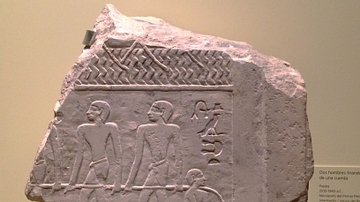
Image
Ancient Egyptian Relief of Working Men
This ancient Egtyptian relief of two men pulling a rope is made from stone and dates from the Intermedite Period or the Early Middle Kingdom (c. 2100-1940 BCE). It originally belonged to a necropolis and was found at Herakleopolis Magna (Ihnasya...
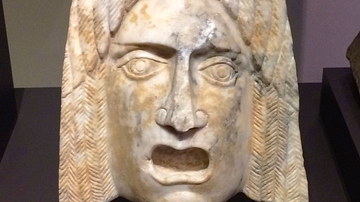
Image
Hispano-Roman Marble Mask
This Hispano-Roman tragedy mask was originally an architectural element made of marble. It dates from the 1st-2nd century CE, and it was found at Bañuelas (Ávila), Spain. (Museo Arqueológico Nacional, Madrid)
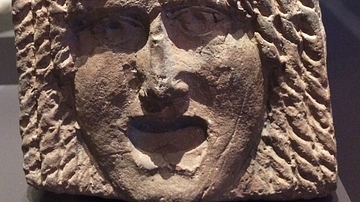
Image
Hispano-Roman Tragedy Mask
This Hispano-Roman tragedy mask was originally an architectural element made of clay. It dates from the 1st-2nd century CE, and it was found at Bañuelas (Ávila), Spain. (Museo Arqueológico Nacional, Madrid)
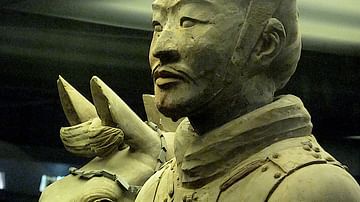
Image
Chinese Warrior
A detail of a Chinese warrior from the Terracotta Army buried near the tomb of Qin emperor Shi Huangdi, c. 210 CE. Shaanxi Province, China.
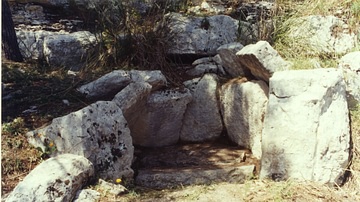
Image
The Dolmen of Cava dei Servi
The Dolmen of Cava dei Servi, a few kilometers from Modica, in Sicily. It is a semi-oval monument formed by four rectangular slabs fixed into the ground and three slabs on top, leaning in such a way they reduce the surface and form a false...
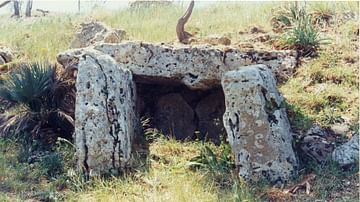
Image
Monte Bubbonia Dolmen, Sicily
The Dolmen of Monte Bubbonia, on a majestic hill north of Gela town, Sicily. It is a dolmen made of colossal splinters of rock, with no significant modifications, rectangular in shape. The original architectural idea was a small chamber tomb...
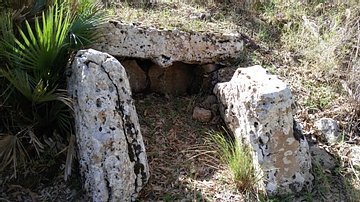
Image
The Dolmen of Monte Bubbonia
The Dolmen of Monte Bubbonia, near Gela town, in Sicily

Image
The Pseudo Dolmen of Avola
The Pseudo Dolmen of Avola, so called because of doubts about its real nature. The monument is near the town of Avola, in south-eastern Sicily. The building, surrounded by dense and wild vegetation, essentially rests on two "pillars". It...
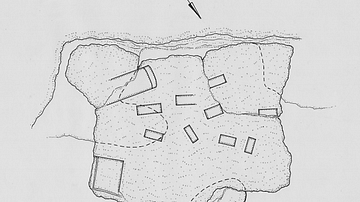
Image
Plan of the Pseudo Dolmen of Avola
The plan of the pseudo dolmen of Avola, Sicily with ten small rectangular pits.

Image
Guardian King from Silla
The guardian king belongs to one of the eight catagories of Buddhist beings: that of the heavenly musicians (gandharva). One can identify this statue as such because of its wild beast headdress. Technically perfect, this bronze Korean statue...